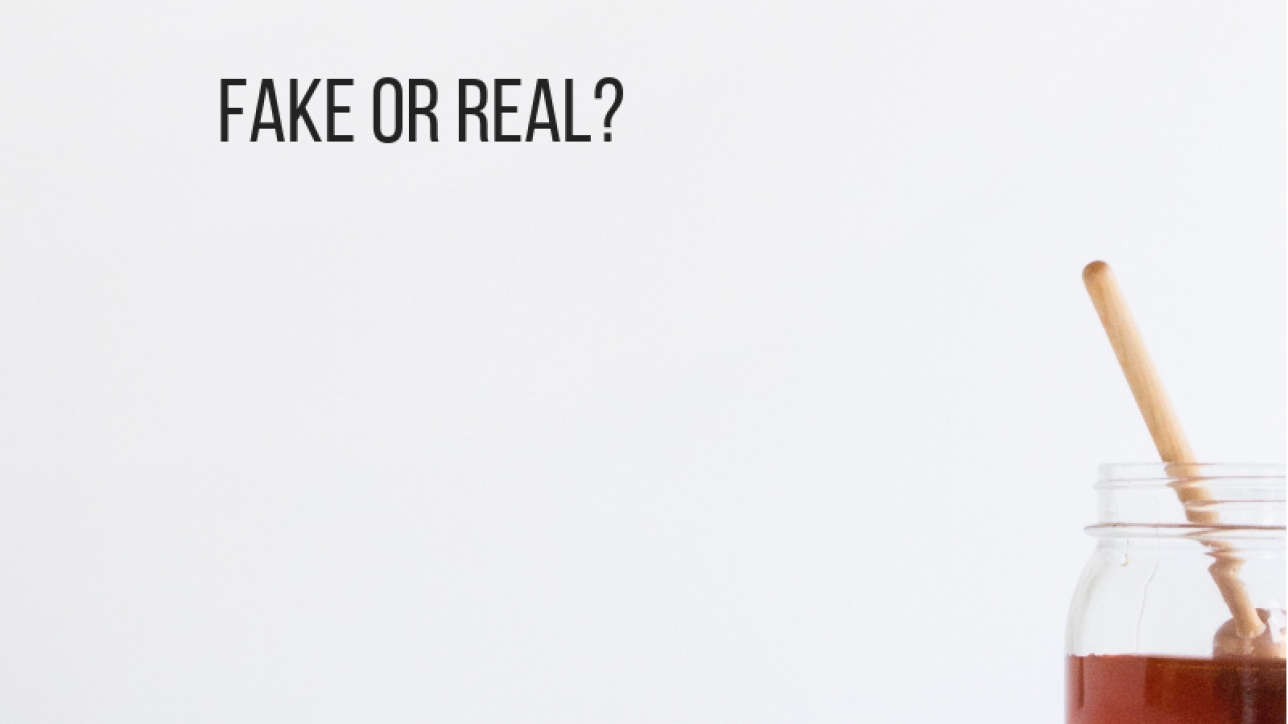According to Australasian Science, the counterfeiting of Australian food and wine products in key export markets is potentially costing Australia nearly $2 billion each year. Australia’s honey industry learnt this the hard way – will your industry be next?
In a world of fake news, fake bags and fake drugs, you think Australians would have been prepared for fake honey. But, when it comes to breakfast condiments, few foods are as beloved as honey (Vegemite still has its hold outs), which is why, when the fake honey scandal broke it caused such an outcry across the country. Kids eat honey, grandparents eat honey, and so consumers turned away in droves.
According to the ABC, honey is the third most adulterated food in the world, behind milk and olive oil, and food fraud is a $US40 billion a year industry worldwide. Food fraud occurs when products are deliberately tampered with, substituted with another product, diluted or mislabelled. In 2017, a joint operation between Europol and INTERPOL seized 9,800 tons of counterfeit food, 26.4 million litres of counterfeit beverages and 13 million other food items. Weak government regulations and outdated tests are being exploited by criminal gangs and counterfeit opportunists and food brands are paying the price.
A sticky situation: Homegrown fakes
In September, when the joint investigation between Fairfax Media and the ABC’s 7.30 report revealed that nearly 50 per cent of the blended and imported honey samples they had tested were adulterated, there was only one saving grace for the companies involved – the adulterated parts of the honey all came from overseas, primarily from China. Chinese vendors sell cheap syrups made from sugar cane, corn or rice to unsuspecting suppliers and make a fortune along the way.
But, a second investigation in October by Macquarie University uncovered more shocking results – almost 20 per cent of Australian honey samples were found to not be pure. Of the 38 Australian honey samples tested almost one in five were detected to have adulteration. The states implicated were Victoria, Queensland, New South Wales and Tasmania. After these damning results, companies can no longer claim counterfeit food is purely an overseas problem.
While defenders of the Australian honey industry claim that fake honey, while unfortunate, does not pose a health risk, others insist blended counterfeit honey can contain antibiotics, toxins, irradiated pollen or even alkaloids that all have the potential to cause harm. People with food allergies and intolerances may be particularly at risk from food fraud. Until now Australian authorities have only tested five per cent of imported honey – but both investigations and the subsequent media attention have created immense pressure for authorities to begin testing local product. So, what is the honey industry to do?
Creating buzz, the right way
All food and beverage companies can learn a lot from the counterfeit honey scandal. When faced with the September investigation’s results, Australia’s largest honey manufacturer vigorously denied that any of its honey was not pure and claimed that the Nuclear Magnetic Resonance (NMR) test that was used was weak and unreliable but subsequently announced it would fund the establishment of a new testing facility for honey in Australia that uses NMR testing. The move felt self-serving and completely, well, fake. Brands today are ill-prepared and ill-equipped to deal with the food fraud scandals that can engulf their business and their brands are now feeling the impact as customers lose trust in their brand authenticity.
Food and beverage brands need to be on the front foot of the burgeoning counterfeit problem. YPB’s industry-leading anti-counterfeit solutions such as ProtectCode, Motif Micro and Vintail not only ensure traceability through the supply chain, they enable customers to scan products for authenticity using their smartphone. This creates a digital marketing bridge between brand and customer at the point of sale, delivering valuable data on who is buying your products.
We can help turn your fake food problem into a brand engagement solution.
If honey can be faked, what will food fraudsters target next? Protect your food brand in 2019 – contact us today.

